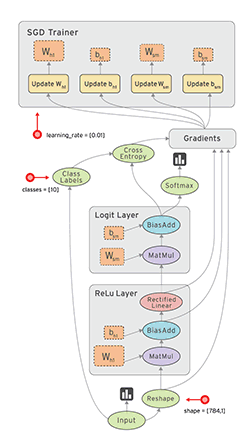As documented:
Usage: VBoxManage internalcommands <command> [command arguments]
Commands:
loadmap <vmname|uuid> <symfile> <address> [module] [subtrahend] [segment]
This will instruct DBGF to load the given map file
during initialization. (See also loadmap in the debugger.)
loadsyms <vmname|uuid> <symfile> [delta] [module] [module address]
This will instruct DBGF to load the given symbol file
during initialization.
sethduuid <filepath> [<uuid>]
Assigns a new UUID to the given image file. This way, multiple copies
of a container can be registered.
sethdparentuuid <filepath> <uuid>
Assigns a new parent UUID to the given image file.
dumphdinfo <filepath>
Prints information about the image at the given location.
listpartitions -rawdisk <diskname>
Lists all partitions on <diskname>.
createrawvmdk -filename <filename> -rawdisk <diskname>
[-partitions <list of partition numbers> [-mbr <filename>] ]
[-relative]
Creates a new VMDK image which gives access to an entire host disk (if
the parameter -partitions is not specified) or some partitions of a
host disk. If access to individual partitions is granted, then the
parameter -mbr can be used to specify an alternative MBR to be used
(the partitioning information in the MBR file is ignored).
The diskname is on Linux e.g. /dev/sda, and on Windows e.g.
\\.\PhysicalDrive0).
On Linux or FreeBSD host the parameter -relative causes a VMDK file to
be created which refers to individual partitions instead to the entire
disk.
The necessary partition numbers can be queried with
VBoxManage internalcommands listpartitions
renamevmdk -from <filename> -to <filename>
Renames an existing VMDK image, including the base file and all its extents.
converttoraw [-format <fileformat>] <filename> <outputfile>
Convert image to raw, writing to file.
converthd [-srcformat VDI|VMDK|VHD|RAW]
[-dstformat VDI|VMDK|VHD|RAW]
<inputfile> <outputfile>
converts hard disk images between formats
repairhd [-dry-run]
[-format VDI|VMDK|VHD|...]
<filename>
Tries to repair corrupted disk images
debuglog <vmname|uuid> [--enable|--disable] [--flags todo]
[--groups todo] [--destinations todo]
Controls debug logging.
passwordhash <passsword>
Generates a password hash.
gueststats <vmname|uuid> [--interval <seconds>]
Obtains and prints internal guest statistics.
Sets the update interval if specified.
WARNING: This is a development tool and shall only be used to analyse
problems. It is completely unsupported and will change in
incompatible ways without warning.
I think some of the most useful ones are:
repairhd
converthd
So, if we want to convert Qemu's virtual-disk format (QCow) to VDI/VMDK/VHD, the steps are as follow (assume the qemu' image file is called home.qcow):
qemu-img convert -f qcow home.qcow -O raw home_raw.img
vboxmanage internalcommands converthd -srcformat RAW -dstformat VDI home_raw.img home.vdi
or
VBoxManage convertfromraw --format VDI home_raw.img home.vdi |
Another interesting one, if we want to create and boot a virtual machine from a USB device. Steps are:
- Verify which device the usb drive is attached to (e.g, /dev/sdd)
- Do: VBoxManage internalcommands createrawvmdk -filename usb.vmdk -rawdisk /dev/sdd
- Start VirtualBox and mount the file usb.vmdk in the storage (or, create a new Virtual Machine and attach the file usb.vmdk as the first storage)

